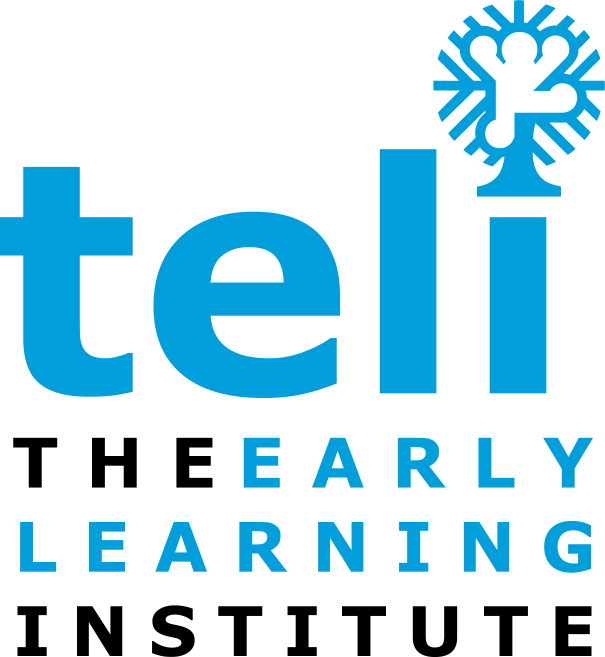 Does your child have any of the following tendencies?
Does your child have any of the following tendencies?
Trouble sitting up straight and tends to sit with their shoulders rounded?
Sits with legs on the floor in the shape of a “w” vs cross legged?
Has poor head control when moving to a sitting position?
Feels as though they slip through your arms when you pick them up vs hold their shoulder firmly?
While there may be many contributing factors, a number of behaviors noted above may be something that is termed low muscle tone or hypotonia. Hypotonia is symptom which is observed and affects the way an individual moves. Often these symptoms may be due to an underlying cause that can be addressed very effectively with Early Intervention.
“We see children with low muscle tone usually around 15 months however it can be as early as 3 months when a parent or physician recognizes the lack of tension in a child’s muscle is less than ideal, “ notes Callie Lodico, a teli Physical Therapist. “Early intervention is key to help prevent the long term impacts of developmental delays and coordination difficulties in future years.”
What areas of the body are most impacted?
The most notable areas of the body to see the effects of low muscle tone are in the core, arms and legs, as described above, but it can also affect a child’s ability to latch on and suck from a bottle or breast. Another potential impact may be excessive drooling because the child may have difficulty with lip closure. This may also affect speech development or sensory perception as the individual grows.
Whether the root cause is diagnosis such as Down Syndrome or an inherent trait, similar to eye color; parents should know that there is help through Early Intervention services for their child. “At teli , we work with a number of children and their families to build strength in muscles throughout their bodies and the key ingredient to their therapy is activity – and lots of it, “ notes Callie.
Early Intervention – a key to improvement
“Early Intervention activities to encourage movement are essential and often the core muscle strength is a key place to start dependent on the child’s needs, “says Callie. “We might begin with the child balancing on a ball with support to practice head control and then move to sitting on the ball to build core abdominal strength. From there we work to have them manage more weight on their feet if flat feet or fallen arches are problem. If needed we will work with the family to obtain orthotics for their shoes to support them in walking.”
Early Intervention services in the home enable teli therapists like Callie to really tailor those key activities to a child and family’s routine. Termed Home Based Coaching, Callie works with families to find opportunities in a family’s daily routine to incorporate activities that will be repeated with a high degree of frequency. For example, diaper changing time is a great opportunity!
“When it is changing time I show parents how to cross a child’s left leg over right and have them reach for a toy to develop the strength in the core muscles and then repeat with the other leg for a total of 5 times each, “says Callie. “Another option might be to do 5 sit ups with their baby by pulling them up from a lying position to help with head and shoulder control.” In this way, various activities can be comfortably integrated into their day to day activities when there is a great chance of repetition which is a key to improvement.
Celebrate progress in small steps!
While each child is different in the progress that is made and parents and children will both experience struggles and challenges, Callie realizes the importance of reinforcement. “I listen to the parents and support their efforts in every way I can. Recognizing the small victories with early intervention is very important since every child’s timeline is different,“ reflects Callie. “Our goal is help them achieve their potential and reach that level in their own individual time.”
Learn more about teli Early Intervention and Pediatric Physical Therapy.
Meet Callie Lodico

 Does your child have any of the following tendencies?
Does your child have any of the following tendencies?
